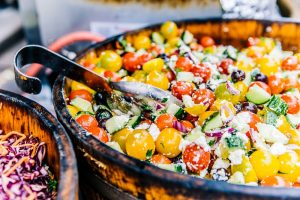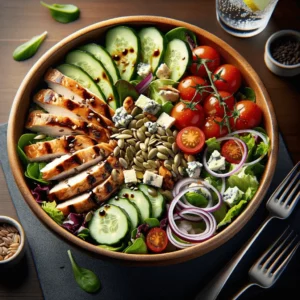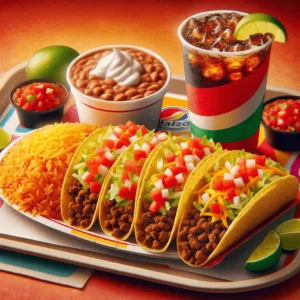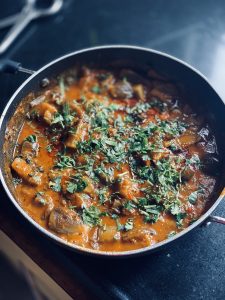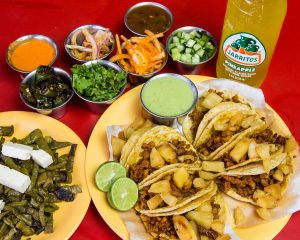Sun and Spice: Spanish Restaurants
Spain, with its rich history, varied landscapes, and confluence of cultures, has gifted the world with a culinary tradition that dances with vibrancy and passion. Spanish restaurants, from the bustling streets of Madrid to cosmopolitan corners worldwide, usher in an atmosphere of conviviality and a flavor palette as diverse as the nation’s provinces.
The Allure of Andalusian Flavors
Gazpacho
This cold tomato-based soup hails from the warm southern region of Andalusia. Enriched with peppers, cucumber, and garlic, Gazpacho offers a refreshing taste of Spain’s sunny south.
Flamenco Eggs (Huevos a la Flamenca)
A hearty dish that encapsulates the spirit of Andalusia, it consists of eggs poached in a spicy tomato and vegetable sauce, often garnished with chorizo and jamón.
Rhythms of the Coast and Countryside
Paella
Originating from Valencia, this iconic rice dish tells tales of coastal regions and fertile plains. Whether adorned with seafood, rabbit, or vegetables, its saffron-scented grains are a celebration of communal dining.
Tapas
These small dishes are emblematic of Spanish culinary culture. Ranging from albondigas (meatballs) to patatas bravas (spicy potatoes), tapas represent the Spanish ethos of sharing and togetherness.
Churros
Crispy, sugary, and often served with a side of thick chocolate sauce, churros are a beloved treat, encapsulating the sweet indulgences of Spanish fare.
Vintage and Vigor
Sangria
This fruity wine punch is synonymous with Spanish revelry. With a base of red wine and adorned with chopped fruits, it’s a drink that exudes joy and festivity.
Cava
Spain’s answer to champagne, Cava is a sparkling wine primarily from Catalonia. It offers bubbly sips of Spain’s viticultural excellence.
Conclusion
Spanish restaurants are not just dining venues; they’re immersive experiences. Each bite and sip weave stories of medieval squares, sun-kissed olive groves, passionate flamenco dances, and moonlit fiestas. Through a mosaic of dishes, Spanish cuisine offers a journey into a land where food is an art and dining is a cherished ritual.
FAQs
1. How diverse is Spanish cuisine?
Incredibly so! Spain’s varied regions, from the seafood-rich Galicia to the ham-loving Extremadura, offer distinct culinary traditions and dishes.
2. What role does seafood play in Spanish dishes?
Given its extensive coastline, seafood is pivotal in Spanish cuisine, with dishes like mariscada (seafood platter) and pulpo a la gallega (Galician-style octopus) highlighting its importance.
3. Are vegetarian options common in Spanish restaurants?
While many traditional dishes feature meat or seafood, Spain’s rich agricultural bounty ensures a variety of vegetable-based tapas and mains.
4. What’s the significance of olive oil in Spanish cooking?
Olive oil is foundational in Spanish cuisine. Spain is one of the world’s largest producers, and the oil enriches everything from salads to stews.
5. How is Spanish dining culture unique?
Spanish dining is a leisurely affair, with emphasis on community. Late-night dinners, extended sobremesas (after-meal chats), and the tapas tradition make dining distinctively Spanish.











